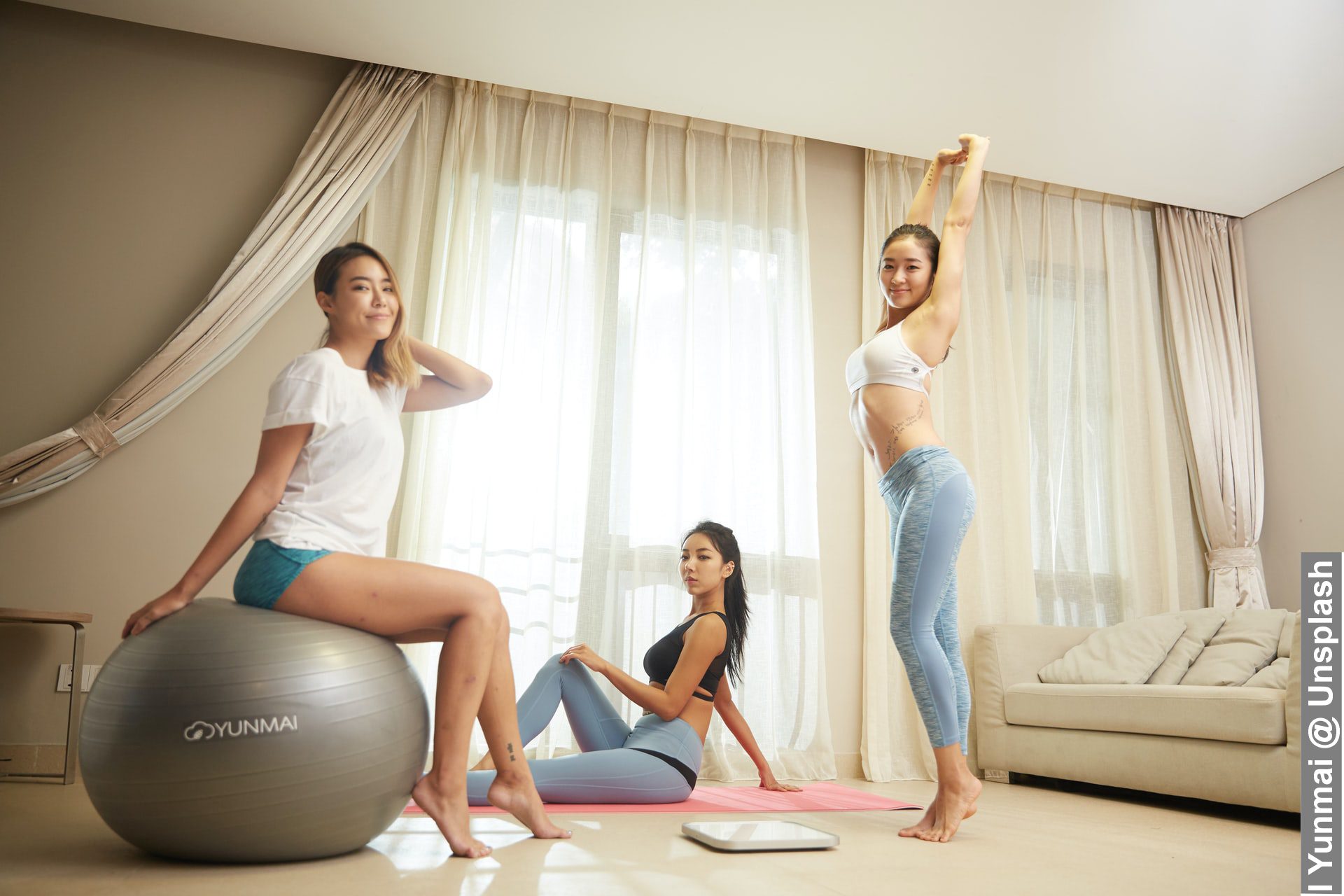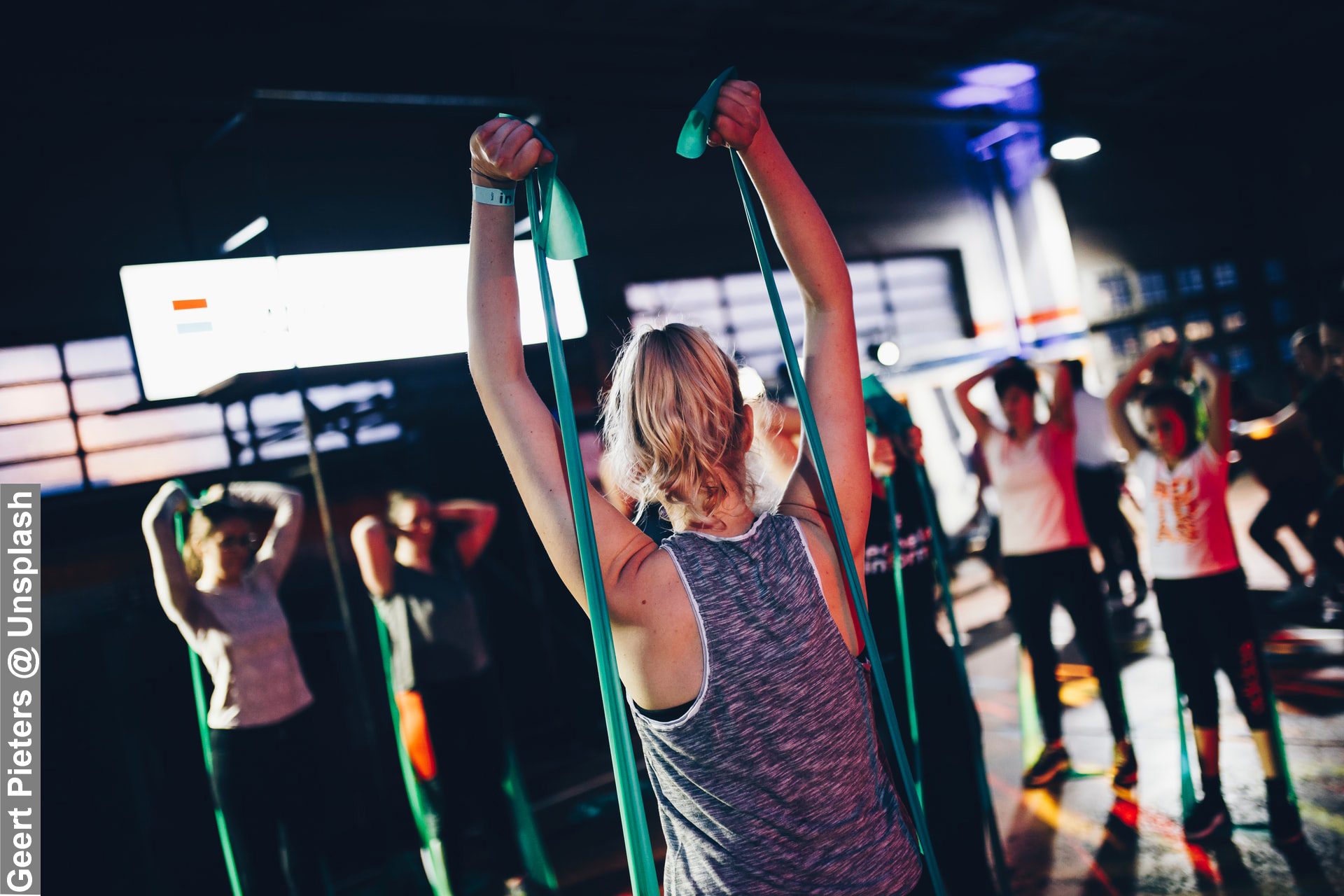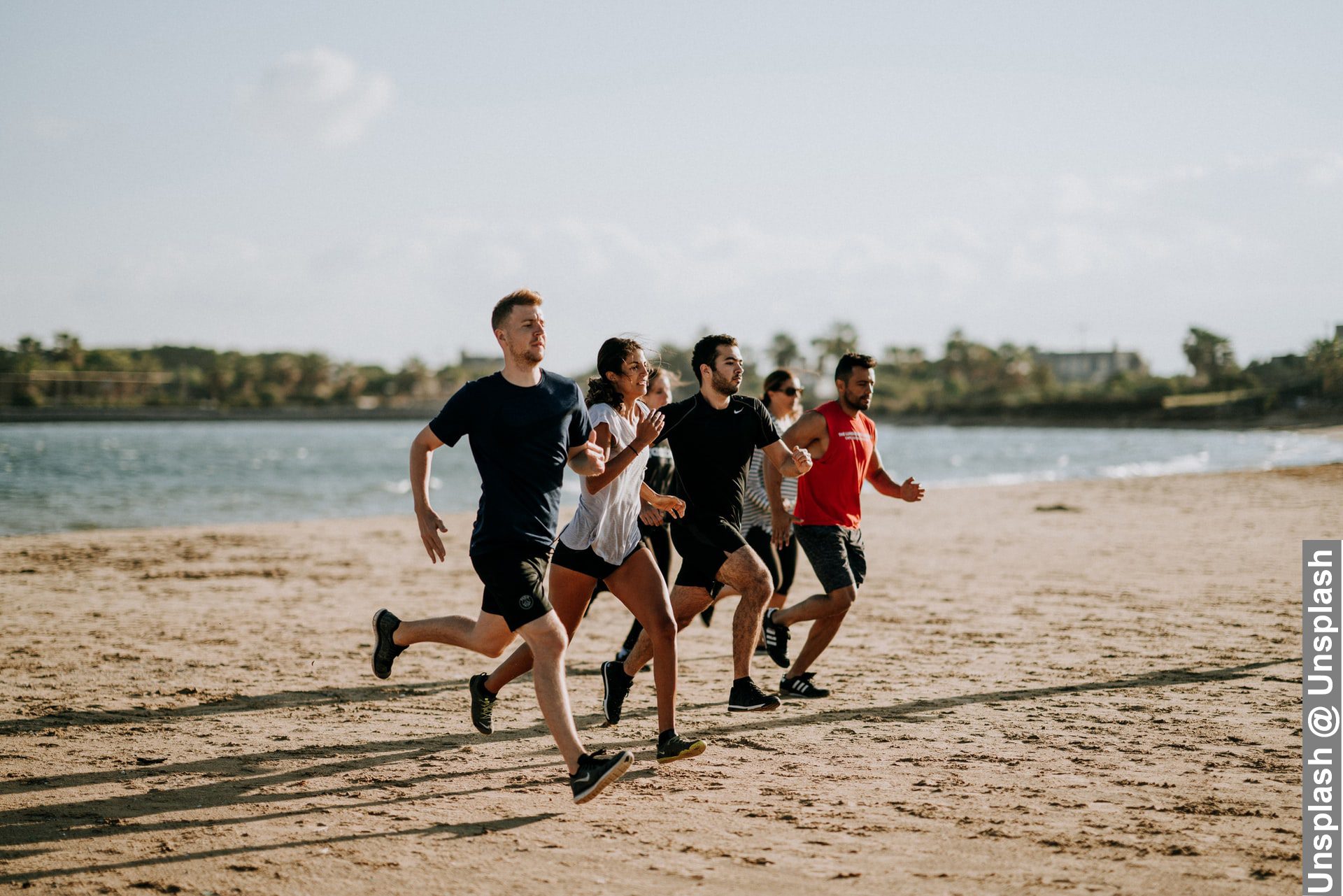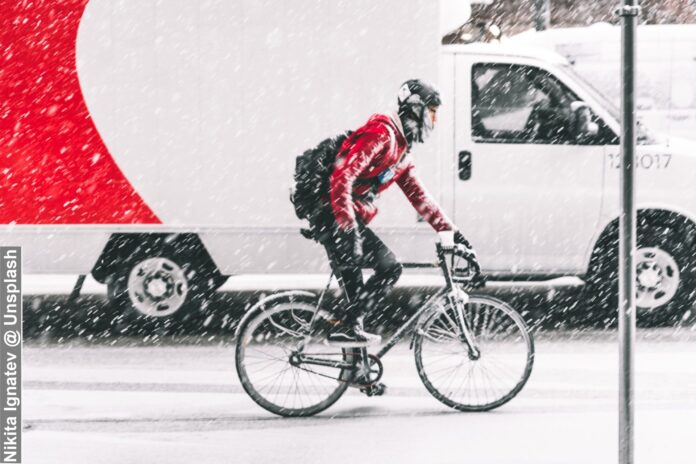The year 2022 is up and running; this offers the perfect time to review and apply how we overcome barriers to physical activity. In a few days, we will be in the fourth month. Considering that the Covid-19 pandemic is finally showing signs of easing, there is no better time to review some of the resolutions.
Under normal circumstances, this is usually the point many heartfelt New Year resolutions hit the brake pedal and free-fall off a cliff. But amid this pandemic, we have had to be creative with how we go about maintaining this New Year’s resolution, which in many cases makes it incredibly difficult to stick to what we intend to.
I discussed ‘Factors Preventing Levels of Physical Activity in Kids and Adults’ in the previous article. I identified that, generally speaking, barriers that prevent physical activities fell into two categories; Environmental Barriers and Personal Barriers. This article will address how you can overcome barriers to physical activity or exercise.
Overcome Barriers to Physical Activity
There are many reasons why we never begin physical activity; two prominent principal reasons can be considered. Firstly, we don’t define clear, specific or realistic goals. Instead, we set end goals such as losing lots of weight, getting bulked up, getting healthier, get a nice body. And secondly, due to past experiences, we anticipate that we will fail before starting (fixed mindset).
In the first article, I divided the factors preventing physical activity into two categories which were environmental and personal barriers. However, for simplicity and to avoid repetition, I will combine those two categories, regroup them, and address some of those factors.
The barriers and possible ways how to overcome them are given below. I was also privileged to be invited onto a podcast, where I discussed these barriers, the YouTube link below.
Time
- Develop 2 to 3 workouts short in time (8-10 minutes) that can be spread out during the day.
- Sleep early (say 30 minutes), then wake up early (around 30 minutes) to start your day. Do your physical activity during this time, ensuring you lose no time.
- Try adapting your life to walk more. For example, can you walk to work, walk to the bus/train stop, park a little away from the point of interest, walk for breaks or lunch, walk around the block, walk your dog more often, and fit in more walking time with family. If this can be done at increased intensity, the benefits will be higher.
- Avoid the escalators or lifts at work or shopping and instead, use the stairs.
- Exercise while watching TV or movie nights. Situps, core, stability, jogging on the spot, push-ups can all be done in front of the TV.
- The housework can be done by splitting them up over the week. Things like mopping, dusting, washing plates, washing clothes, ironing, vacuuming, washing the car, sweeping, gardening, etc. These are all forms of physical activity that can help one increase their condition and wellbeing.
- Lean on friends and family who can help to cover babysitting duties. This will allow time for a quick workout outdoors.
Energy
- This is an age-old problem; whilst exercise requires energy, the fitter you become, the more energy you have. So, the target here is staying in the game long enough to get over the tiredness phase. The reward will be increased energy, which leads to more energy for physical activity.
- Energy levels are often highest in the morning, so getting up early to fit in your physical activity will ensure you have the energy required. At the same time will provide you with refreshed energy for the rest of the day, thanks to the morning physical activity.
- Intensity levels can be reduced; you gain health benefits and keep your energy plenished.
- Things like planning your activity, packing your bag, getting clothes ready in advance can avoid the rush, zapping your energy. This will ensure that you can simply up and go without wasted energy.

Motivation
- The greatest motivation is knowing the health benefits, whether physical or mental, of physical activity. Improving your physical or mental state significantly affects life quality and expectancy.
- Make a personal contract about your goals, write it down on paper and hand it over to a loved one who can hold you accountable to your own words.
- Research what activities you would enjoy doing, then do them. Review this regularly and adapt the exercises. Then, as you improve or hit your goals, you can change the activities to keep them fresh.
- Allow yourself some off days, be flexible with yourself. Do not be fixed on dates or days when the activity needs to be done. It should not be demanding; the more you enjoy, your motivation will grow.
- If you function by numbers, use monitoring tools to keep track of your daily numbers and compare them. This will keep you going or drive you more to improve.
Inconvenience
- Inconvenience views are born out of normality and what we are used to. If we were to challenge this viewpoint a little, our views would shift regarding physical activity being an inconvenience. This topic is closely related to ‘Lack of Time’.
- Activity can be slotted into daily life. But, can you fit it in; on the way to or back from work, dropping or picking up kids, to or back from shopping, during lunch break at work? These will all ensure that you do not have to allocate a portion of time to work out.
- Best workouts can be done conveniently, such as at home or work.
- In stressful times, lower the volume or intensity of your activity.
Boredom of exercise
- With many things, boredom can set in very quickly. The crucial part of avoiding exercise boredom is ensuring that you allow yourself time to see the benefits before deciding that you are bored. It is easy to say boredom is down to the fact that you do not find the exercise interesting. However, once output can be quantified, suddenly, what appeared to be boredom will be viewed in a positive light.
- Invite friends and family to join in on your workouts; this can be a fun way of ensuring longevity.
- This may be stating the obvious, but choose activities which you enjoy, or you may enjoy. Doing this will ensure that you stay long enough to see the fruits of your labour.
- Keep the physical activity sessions varied by changing them up often; this will keep your interest in physical activity up and boredom at bay.
Lack of knowledge or self-conscious
- The beauty of the modern-day is that information and knowledge can be gained without moving. Access to TVs, laptops, computers, phones has made it very easy to seek knowledge.
- If going to the gym is an issue, there are often time allocations for beginners, intermediates, and advanced. There are even slots for women alone sessions.
- If crowding is the issue, then there are off-peak times which are often just after early morning and early afternoons. First thing in the morning and evening tends to be quite busy, but you can always find the time gaps where there is limited use in the gym. An alternative is to exercise away from the gym; there are lots of varied physical activities that can be carried out away from the gym that provide equally the benefits of a gym or even better benefits.
- If the ability to carry out the given exercise or activity is an issue, then potentially getting a personal trainer (if finances allow) will be a good option, as they can provide technical information and ensure that you’re carrying out the activity in the best possible way.

Fear of injury
- This is either linked to perceived injury or past experience of injury. It is essential to understand which one it is. If perceived injury, ask for help from a family member or friend who has experience in exercise. They can help calm you down. If there is past injury experience, then probably better to ask either a personal trainer or a physiotherapist.
- Learn how to warm up and cool down to prevent injury.
- Initiating any activity should be done at a comfortable level. Then, gradually increase either the level of difficulty or the volume.
- Learn how to exercise appropriately, considering your age, fitness level, skill level, and health status.
- Choose activities involving minimum risk.
- Use proper equipment, and dress appropriately for the different weather conditions.
Lack of support from family and friends
- Medical professionals are always there to help. If they cannot make any suggestions on an activity, they will know where you can get support to help you get to your goals.
- Medical professionals can also point you in the direction of counselling services if this is required.
- Join a club or group of like-minded people; these can offer great support and encouragement during difficult times.
Finance
- Use the Internet and libraries; they are incredibly accessible information sources.
- Use social media platforms to see what workout others are doing; try to replicate them if it is of interest.
- The outdoors has always been free, no matter what. Things like jogging, running, playing can all be done outdoors for free with no money required.
- Depending on age, there are often free governmental run classes that you can take advantage of.
- Walk to work, walk to the bus/train stop, park a little away from the point of interest and walk, walk for break or lunch around the block, walk your dog more often, fit in more walking time with family. These are all free.
- Use the stairs more and avoid escalators or lifts at work or shopping.
- Use free equipment at your local parks, use your own body weight to do exercises. Circuit training is a fantastic alternative; things like push-ups, pull-ups, situps, squats, lunges, dips, burpees, squat thrusts, running arm, etc., are all for free in your own home.
- Use things like your steps in place of a stepper and tin cans in place of weights; these can aid your training goals.
Lack of facilities or resources
- Non-availability of parks, forests, sidewalks, bicycle trails, or safe and pleasant walking. These are massive to oneself, ability to carry out physical activity and motivation. But these can be overcome with a bit of creativity.
- Can you use facilities and resources close to work, at work or near a shopping location?
- Research and select activities that you can do on your own. Activities like walking, jogging or skipping often do not require complex environments. Whilst scenic views are a bonus, they are not a necessity.
- Identify low-priced, convenient community resources, such as park and recreation centres or community classes.
- Circumstances and challenges can change over time, so re-evaluate your situation often.

Community spirit and social environment
- Lean more on family and friends for support and encouragement. Explain your interest in physical activity to friends and family.
- Speak with your work colleagues to see if they share the same fitness interest. Before long, a work exercises community or social group will be formed.
- Try to join a neighbouring community or social group who are more supportive than yours.
- Alternatively, you can slowly change the minds of those in your current community or social environment. This can be done through subtle progressive education or by them seeing a change in you through observation.
- Invite friends and family members to exercise with you. Plan social activities involving exercise.
- Develop new friendships with physically active people.
Gender, culture and age bias
- Too many of the opposite gender can put us all off. So, find groups where the gender fits yours, or the gender split is equal. Alternatively, being on the lower end of a gender split can be positive if we embrace it.
- Find an activity or a way to do a particular activity that’s appropriate for your culture.
- Age bias can be intimidating depending on which side you end up on. The best outcome is being in a position where you feel comfortable. Possibly best to find the appropriate age group that fits you.
- Younger ages should try something new, avoid screen time once a week and build on this time.
- Retirement offers an opportunity to become more active instead of less. Gardening, dancing, swimming, and walking, are great ways to exercise.
Weather
- Brave it; it is not as bad as you think. If it is cold, put on an extra-thin top, you will soon warm up. If it is raining, put on a waterproof top, it can sometimes feel great running in the wet. Finally, if there is snow, change your running technique and enjoy the crisp sound of your foot breaking the fresh snow.
- Go to the gym, go shopping and walk around, climb a wall indoors, do indoor circuits, step session on your stairs, skip rope, the possibilities are endless. The intensity can be varied to suit your fitness level.
Crime and Traffic level
- High crime and traffic in countries, cities, towns, and areas are a big put off for any beginner or a person lacking motivation. People often want to train conveniently; being able to go out for a walk, jog or to the local park is the best way to build a love for exercise.
- Try to go to the following areas that are safe and have less traffic than yours.
- Use facilities close to work, shopping, kids’ school, etc.
- Try to make the most of your inside and garden home spaces.
Transportation
- Can you make the most of your surroundings without the need to travel? Working out at home, at work or in parks negate the need for transport.
- Research close fitness facilities, parks or walking paths are available where you’re going.
Final Note on Overcome Barriers to Physical Activity
It is important to remember that everyone is different. We have different abilities, availability of time, bodies, experiences, knowledge, and interests. To be successful, we have to find out what works best for us; no one knows you better than you.
We must be realistic about our fitness goals. Select activities you like to do and, where possible, seek knowledge and help from those that can push you on, be it family, friends, or health/fitness professionals.
The one thing not to do is copy what others do, who may be further down the road than you. While the Internet has made fitness accessible to all, we can quickly get into negative body or fitness image issues.
This is one to avoid; stay true to yourself and do what best fits you and works for you in your own time. Then, tap into knowledge or information as and when it is required!


